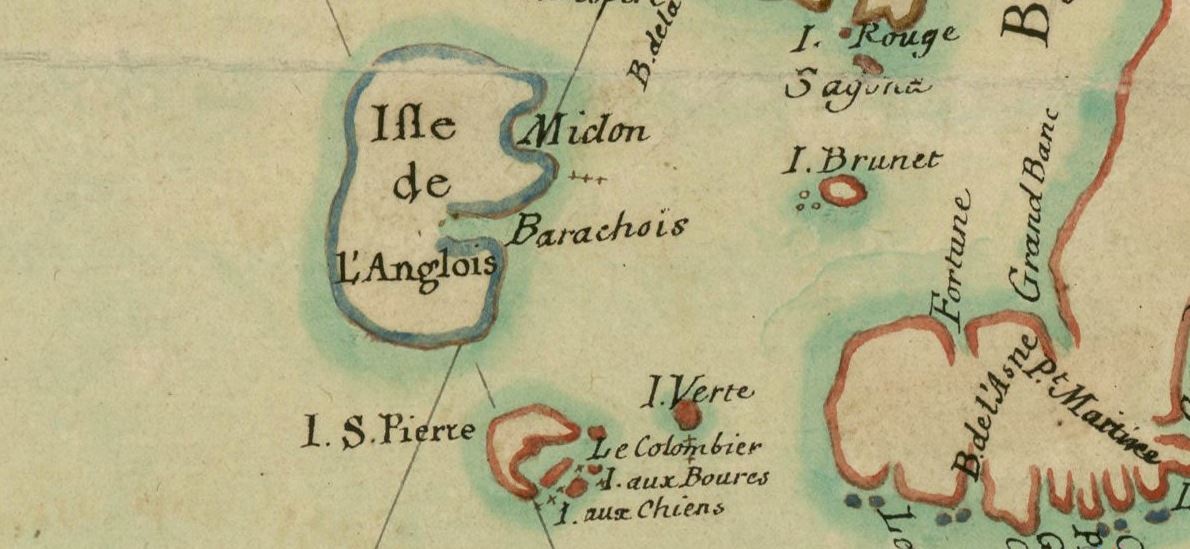The Year-Book of Facts in Science and Art: 1876
Electrical Science
NOVEL TELEGRAPHY—ELECTRIFICATION OF AN ISLAND.
A CURIOUS discovery has been made by Mr. Gott, the superintendent of the French company’s telegraph station at the little island of St. Pierre Miquelon. There are two telegraph stations on the island. One, worked in connection with the Anglo American company’s lines by an American company, receives messages from Newfoundland and sends them on to Sydney, using for the latter purposes a powerful battery and the ordinary Morse signals.
The second station is worked by the French Transatlantic Company, and is furnished with Sir William Thomson’s delicate receiving instruments. These very sensitive instruments were found to be seriously affected by earth-currents, i.e., currents depending on some rapid changes in the electrical condition of the island; these numerous changes caused currents to flow in and out of the French company’s cables, interfering very much with the currents indicating true signals. This phenomenon is not an uncommon one, and the inconvenience was removed by laying an insulated wire about three miles long back from the station to the sea, in which a large metal plate was immersed; this plate is used in practice as the earth of the St. Pierre station, the changes in the electrical condition or potential of the sea being small and slow, in comparison with those of the dry rocky soil of St. Pierre. After this had been done, it was found that part of the so-called earth-currents had been due to the signals sent by the American company into their own lines, for when the delicate receiving instrument was placed between the earth at the French station and the earth at the sea, so as to be in circuit with the three miles of insulated wire, the messages sent by the rival company were clearly indicated, so clearly, indeed, that they have been automatically recorded by Sir William Thomson’s syphon recorder.
Now, the American lines come nowhere into contact, or even into the neighbourhood of the French line. The two stations are several hundred yards apart, and yet messages sent at one station are distinctly read at the other station; the only connection between the two being through the earth; and it is quite clear that they would be so received and read at fifty stations in the neighbourhood all at once. The explanation is:—the potential of the ground in the neighbourhood of the stations is alternately raised and lowered by the powerful battery used to send the American signals. The potential of the sea at the other end of the short insulated line remains almost if not wholly unaffected by these, and thus the island acts like a […] of great Leyden jar, continually charged by the Ame[rican] battery, and discharged in part through the short ins[…] French line. Each time the American operator depresses his sending key, he not only sends a current through his lines, but electrifies the whole island, and this electrification is detected and recorded by the rival company’s instruments.—Mechanics’ Magazine.
